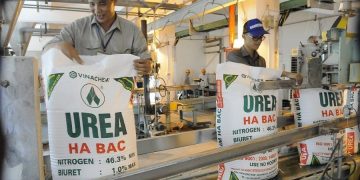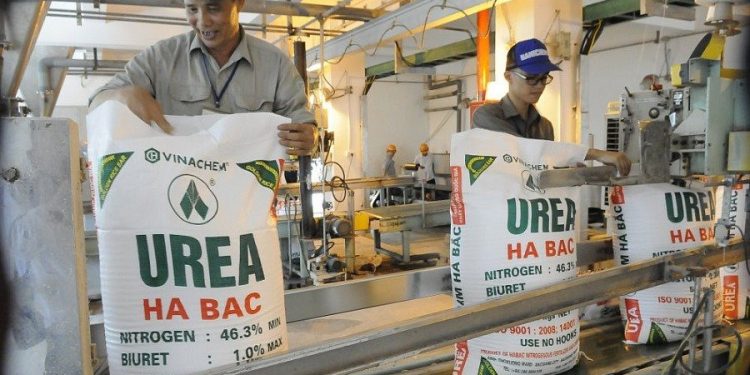#fertilizerindustry #greenhousegasemissions #climatechange #sustainableagriculture #net-zeroemissions #environmentalprotection
The fertilizer industry is actively researching and implementing solutions to reduce greenhouse gas emissions, protect the environment, promote sustainable agriculture, and contribute to Vietnam’s commitment to achieving net-zero emissions by 2050. This article explores the importance of minimizing greenhouse gas emissions in agriculture, particularly in the fertilizer sector, and discusses the development and consequences of these efforts.
The global agricultural output would decrease by 50% without the use of fertilizers, but approximately 2.5% of total greenhouse gas emissions are related to fertilizer usage. Greenhouse gas emissions can occur directly in agricultural activities such as planting and harvesting, as well as indirectly in the production and transportation of raw materials and products. Therefore, reducing greenhouse gas emissions in agriculture, especially in the fertilizer industry, is crucial in tackling climate change. According to Dr. Phung Ha, Vice Chairman and Secretary-General of the Vietnam Fertilizer Association, reducing emissions in the fertilizer sector requires solutions both in production and usage.
To effectively reduce greenhouse gas emissions in the fertilizer industry, it requires collaboration between different levels of government, from central to local authorities, as well as involvement from producers and consumers. The strong commitment of the Vietnamese government to achieve net-zero emissions by 2050, as stated by the Prime Minister at the COP26 Summit, provides opportunities for Vietnam to transform its economic models, improve community health, protect the environment, and foster sustainable development. In line with the government’s goals, fertilizer businesses have significantly enhanced their awareness and practices in production and usage, contributing to reduced emissions and the promotion of greener agriculture.
Recently, on March 28, the Prime Minister signed Decision No. 300/QD-TTg, approving the National Action Plan for Transparent, Responsible, and Sustainable Food System Transformation in Vietnam by 2030. The plan aims to increase the proportion of organic agricultural land to at least 2.5% of the total agricultural land area, with organic fertilizers accounting for over 30% of the market supply, more than double the amount in 2020. In this regard, the development of new-generation fertilizers, multi-functional fertilizers with organic and mineral components, is a suitable solution considering Vietnam’s current circumstances.
Fertilizer companies, such as the PVCFC (Ca Mau Fertilizer Company Limited), have prioritized sustainable production and reduced the use of chemical fertilizers to achieve their emission reduction targets. They have developed comprehensive nutrient management solutions using advanced technologies such as Bio-Coating, Humate, biocomplexes, slow-release fertilizers (CRF and SRF), and BioMix. These fertilizer products improve agricultural efficiency, increase crop yields, enhance disease resistance, and simultaneously reduce greenhouse gas emissions.
PVCFC, for example, has applied the Bio-Coating technology to produce low-dosage fertilizers such as N.46 Plus, N46. True, N.46 Rich, and Urea BiO. These products allow farmers to use less urea fertilizer (up to 15-20% reduction) while achieving better economic efficiency and minimizing greenhouse gas emissions. They have also utilized controlled-release fertilizers (CRF and SRF) to create slow-release or controlled-release products, which significantly reduce emissions, promote savings, and improve fertilizer efficiency.
Similarly, the Ha Bac Fertilizer and Chemicals Company (a member of the Vietnam Chemicals Corporation) has implemented alternative solutions and upgraded machinery to achieve energy efficiency and savings. For instance, they have replaced the energy-intensive copper washing system with a methanol system, resulting in a 20% energy saving. Additionally, the adoption of water recycling in industrial areas has.































